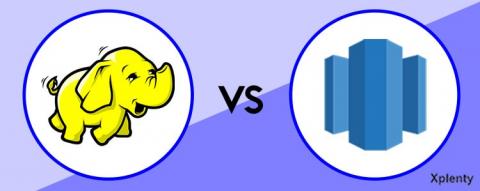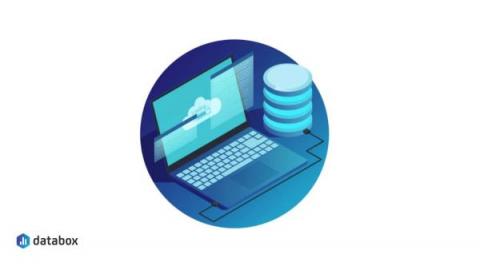Systems | Development | Analytics | API | Testing
Data Warehouses
ThoughtSpot supports Amazon Redshift Serverless
As companies go all in on the cloud to dominate the decade of data, agility, flexibility, and ease of use are critical to success. That’s why we’re so excited to announce ThoughtSpot’s support for Amazon Redshift Serverless which allows customers to leverage the Modern Analytics Cloud to run and scale analytics on Amazon Redshift without having to provision and manage any data warehouse infrastructure.
Hadoop vs. Redshift: What You Need to Know
Support Multiple Data Modeling Approaches with Snowflake
Since I joined Snowflake, I have been asked multiple times what data warehouse modeling approach Snowflake best supports. Well, the cool thing is that Snowflake supports multiple data modeling approaches equally. Turns out we have a few customers who have existing data warehouses built using a particular approach known as the Data Vault modeling approach, and they have decided to move into Snowflake. So the conversation often goes like this.
Data Lake vs Data Warehouse: 7 Critical Differences
Data Warehouse Automation: What, Why, and How?
Data Warehouse Automation: What, Why, and How?
Manage Your Amazon Redshift Data With Integrate.io
Data Warehouse Reporting: Definition, Tips, Best Practices, and Reporting Tools
Memory Optimizations for Analytic Queries in Cloudera Data Warehouse
Apache Impala is used today by over 1,000 customers to power their analytics in on premise as well as cloud-based deployments. Large user communities of analysts and developers benefit from Impala’s fast query execution, helping them get their work done more effectively. For these users performance and concurrency are always top of mind.










